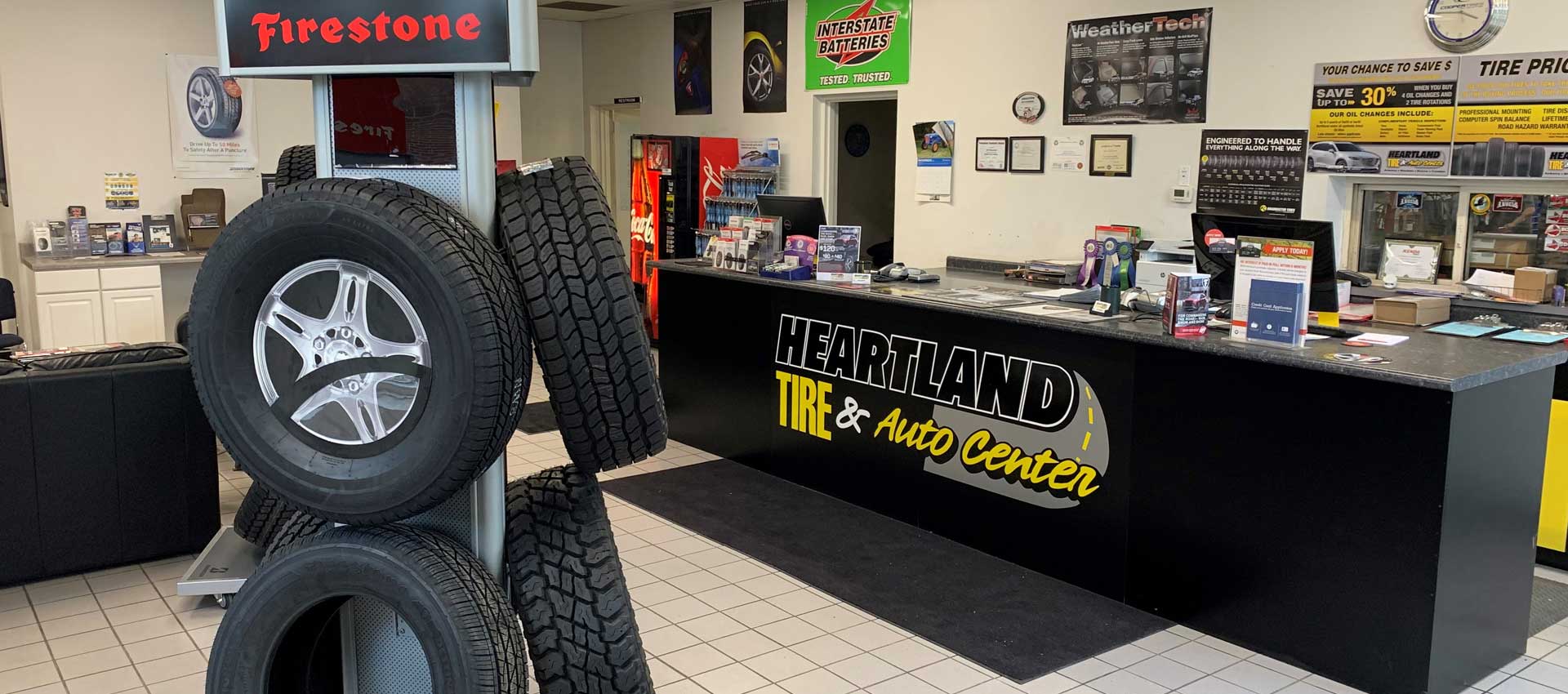Tire Service: Understanding Tire Pressure Monitoring Systems
Comprehending Tire Pressure Tracking Equipments (TPMS) is an important aspect of preserving optimal vehicle efficiency and safety and security when driving. With innovations in automotive technology, TPMS has come to be a conventional attribute in contemporary lorries, offering real-time info on tire pressure levels. Delving deeper into the intricacies of TPMS, one can reveal the various parts that comprise this system and the significance of each in making sure accurate monitoring. From straight to indirect TPMS systems, the landscape of tire stress monitoring varies, each with its one-of-a-kind set of considerations and advantages. Keep tuned to decipher the complexities of TPMS, from maintenance suggestions to the indisputable advantages of keeping your tires appropriately blew up. mopar tire service specials.

Value of TPMS
The significance of Tire Pressure Monitoring Equipments (TPMS) depends on their capacity to improve lorry safety and performance with real-time surveillance of tire stress degrees. Keeping the correct tire pressure is crucial for making sure ideal handling, braking, and total safety of a car. TPMS offers motorists with instant responses on any kind of underinflated or overinflated tires, enabling timely adjustments to be made.
Parts of TPMS
Making up various necessary aspects, a Tire Stress Monitoring System (TPMS) operates as a sophisticated safety and security function in modern-day vehicles. The primary parts of a TPMS include sensing units, a control component, and a caution sign. Sensors are commonly situated in the tire valve stem or connected to the wheel assembly, where they determine tire stress and transmit information to the control module. The control module procedures this details and sets off a caution if it finds significantly low stress in any of the tires. The caution indication, typically a symbol on the dashboard, signals the chauffeur to inspect the affected tire or tires. Some progressed TPMS designs likewise present the real tire stress analyses for each tire, offering motorists with real-time info to guarantee optimum tire efficiency and security. By checking tire stress continually, TPMS aids protect against crashes, lowers tire wear, and boosts gas efficiency, making it an important element for car safety and performance.
Sorts Of TPMS

On the other hand, indirect TPMS relies on the vehicle's wheel speed sensors to keep track of tire pressure. This system discovers underinflation by contrasting the rotational speeds of the wheels. Indirect TPMS is much less pricey than straight TPMS, as it uses existing sensors within the automobile.
While straight TPMS supplies much more exact analyses, indirect TPMS is less complex in style and commonly calls for much less upkeep. Both systems have their benefits and restrictions, and the option between them typically depends upon factors such as price, car make, and personal choice. Recognizing the distinctions between these two sorts of TPMS can aid automobile owners make educated decisions pertaining to tire upkeep and security.
TPMS Maintenance Tips
Reliable maintenance of TPMS is crucial for making certain ideal efficiency and safety of your car. On a regular basis examining the TPMS sensing units for any type of damages or deterioration is critical. Guarantee that the sensing units are complimentary and clean from particles that could hinder their performance. Furthermore, it is recommended to examine the sensor batteries regularly and change them as needed to assure precise analyses. Conduct routine look at the tire stress degrees and contrast them with the TPMS readings to guarantee they correspond. If there are any kind of inconsistencies, recalibrate the system adhering to the manufacturer's guidelines. Moreover, throughout tire rotation or substitute, make certain that the TPMS parts are dealt with meticulously to stop any prospective damage. Lastly, if the TPMS cautioning light brightens on the dashboard, address the issue quickly by inspecting the tire stress and the total system for any kind of mistakes. By sticking to these maintenance suggestions, you can extend the life expectancy of your TPMS top article and improve the safety of your driving experience.
Advantages of Correct Tire Stress
Preserving appropriate tire pressure, as stressed in TPMS Upkeep Tips, is vital for reaping the various benefits related to optimum tire stress degrees. One of the primary advantages of keeping the appropriate tire pressure is enhanced gas performance. When tires are appropriately blown up, there is less moving resistance, leading to much better gas economic climate. Additionally, appropriate tire stress makes certain even tire wear, expanding the life expectancy of the tires and advertising much home safer driving problems. With the ideal tire pressure, vehicles also have better handling and traction, particularly in adverse weather. This can boost general driving performance and safety for the vehicle driver and travelers. Maintaining ideal tire pressure can add to a smoother and more comfy ride by minimizing vibrations and noise caused by underinflated tires. In final thought, the advantages of appropriate tire pressure go beyond simply tire longevity; they encompass improved gas performance, enhanced safety and security, far better automobile efficiency, and overall driving comfort.
Verdict
In verdict, understanding tire pressure tracking systems (TPMS) is critical for preserving optimum tire pressure and making certain car safety. By identifying the value of TPMS, recognizing with its parts, understanding the different types available, sticking to appropriate maintenance pointers, and realizing the advantages of keeping proper tire pressure, chauffeurs can enhance their driving experience and extend the life expectancy of their tires. Proper tire pressure is crucial to risk-free and efficient car operation.
